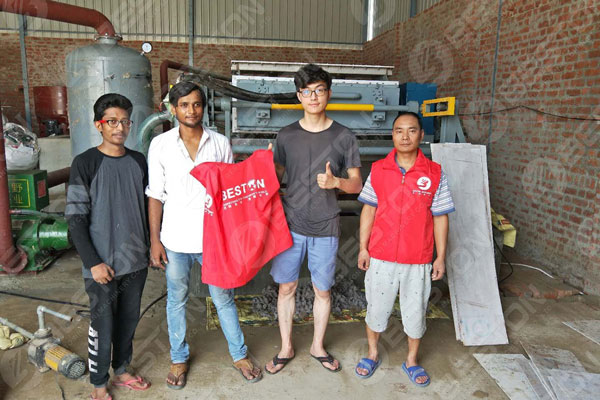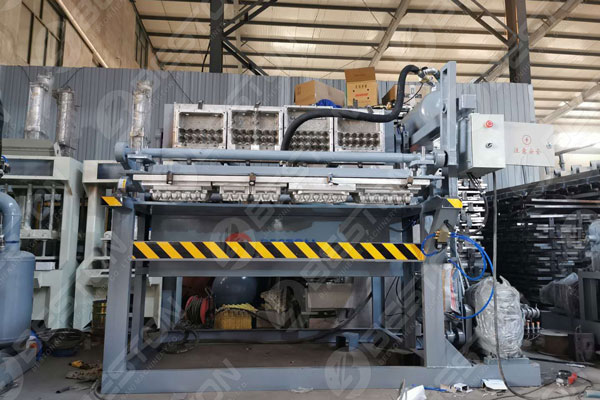Egg Tray Manufacturing Plant Cost Factors
Before you decide to invest in an egg tray manufacturing plant, you need to know what to expect from the cost. This article will discuss the factors that determine the cost, such as the Types of machines, Production capacity, and Labor costs. You will also learn how to make the most of the limited budget available to you. If you have any questions, don’t hesitate to contact us at any time. We will be happy to answer all of your questions!

Factors that affect egg tray manufacturing plant cost
The total egg tray manufacturing plant cost depends on many factors. The first factor to consider is the production capacity. Different machines can produce 100 or 5000 trays per hour. Your output capacity must be in line with the demands of your location and your market. High capacity equipment could result in higher operational costs, but lower value. Here are some of the other factors to consider. Read on to learn more about these and other important factors.
Types of machines
Agico’s egg trays are made from recycled waste paper or plant fiber pulp. Both these materials have their own advantages in terms of environmental protection, practicability and cost. Both materials are recyclable and offer wide market prospects. The process of paper pulping is done by soaking waste paper in a solution, crushing it and adding chemical additives. Agico paper egg trays are made at a rate of ten trays per hour.
See more types of machines here: https://pulpmouldingmachines.com/egg-tray-making-machine/.

Production capacity
The production process of egg trays starts with the pulping system. Raw materials like egg shells and rice husks are mixed with water to create a slurry. The mixture is then dried to form egg trays. This system uses various machines and parts, such as a hydrapulper and a mixer, to complete the process. The next step is moulding, which involves the process of shaping the finished product.
Labor costs
There are three basic types of molded pulp packaging machinery: semi-continuous, continuous, and manual. A semi-continuous plant can produce anywhere from 1000 to 6000 egg trays per hour. The first type of plant uses a pulper, which combines waste paper with water. Once mixed, the pulp is transferred to a vacuum pump and mould, which then transfers the paper to the egg tray. A natural drying system requires labor to manually place the egg trays in the sun or on shelves.
Molds used in a pulp molding plant
The basic and intermediate moulds of a pulp molding plant are different from each other. The basic mould is designed with enlarged drainage passages, which provide adequate flow resistance. Further particles are then poured into the basic mould, which are typically larger than the surface layer particles. The bottom surface of the mould is then evened and sintering is performed according to conventional know-how. Molds can be designed to produce a wide variety of products, including fibers and paper.
Price of machines
The average pulp molding machine price can range from nine to twenty thousand dollars. It depends on the capacity, molds and other components, as well as the drying method used. If you’re interested in exporting your finished trays, you may want to consider a custom-made machine. You’ll also want to consider the space savings that a tray machine can offer, such as an integrated drying line. This can drive up the cost considerably.